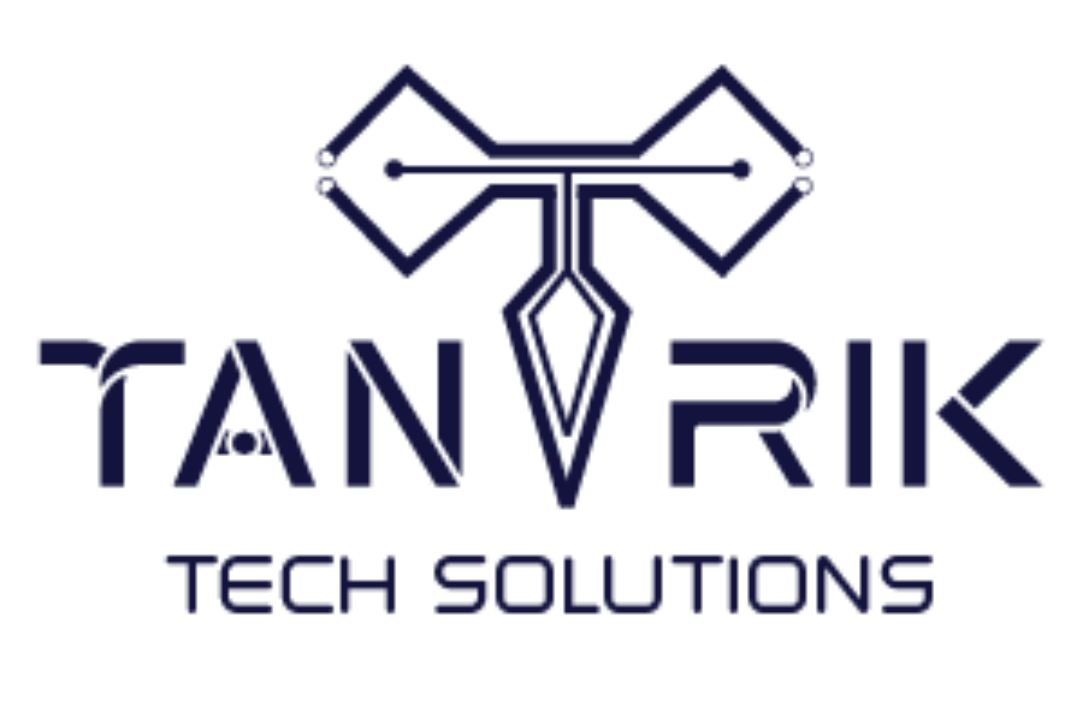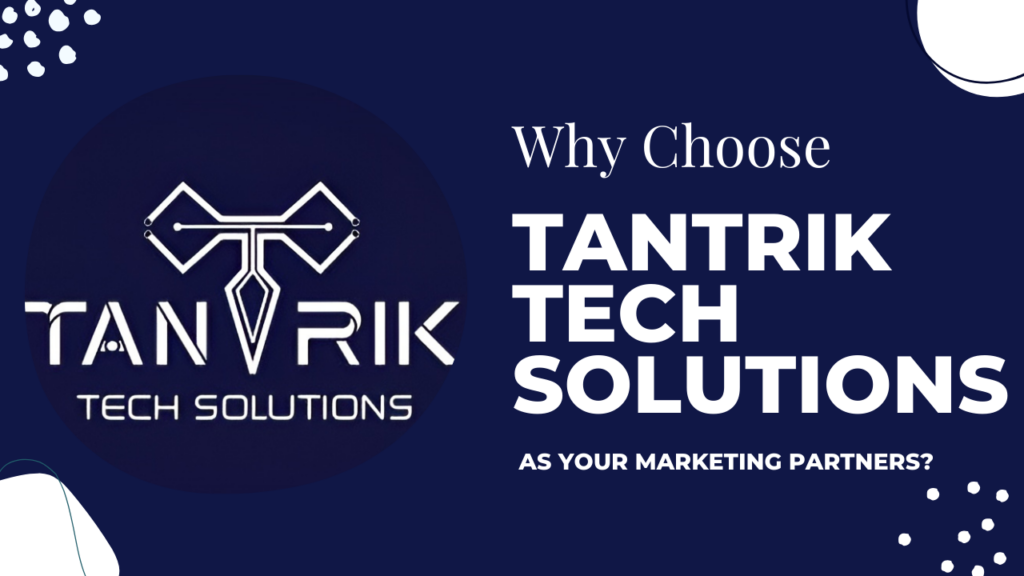businesses can harness the power of predictive modeling to anticipate customer needs, make informed decisions, and enhance their marketing strategies. Predictive modeling involves using advanced algorithms to analyze historical data and forecast future behaviors and trends. In this blog, we’ll explore what predictive modeling is, how it works, its benefits, real-life applications, and best practices for successful implementation.
What is Predictive Modeling?
Predictive modeling is a statistical technique that uses historical data to predict future outcomes. It relies on various algorithms and mathematical models to analyze patterns and trends, providing insights into customer behavior. By understanding how customers have interacted with products and services in the past, businesses can forecast future behavior, enabling them to tailor their marketing strategies accordingly.
How Does Predictive Modeling Work?
The predictive modeling process typically involves several key steps:
Data Collection: The first step is gathering data from various sources. This may include customer purchase history, website interactions, social media engagement, customer feedback, and demographic information. The more relevant data collected, the better the model can perform.
Data Preparation: Once data is collected, it needs to be cleaned and organized. This step involves removing duplicates, handling missing values, and transforming data into a suitable format for analysis.
Choosing the Right Model: Various algorithms can be used in predictive modeling, including regression analysis, decision trees, and neural networks. The choice of model depends on the specific goals of the analysis and the nature of the data.
Training the Model: The selected model is then trained using historical data. This involves feeding the data into the model so it can learn the underlying patterns and relationships.
Testing and Validation: After training, the model is tested on a separate dataset to evaluate its accuracy. This step ensures that the model can generalize its predictions to new, unseen data.
Deployment: Once validated, the model is deployed for ongoing use. Businesses can use the model’s predictions to inform marketing strategies, product development, and customer engagement efforts.
Benefits of Predictive Modeling
Implementing predictive modeling offers several advantages for businesses:
1. Improved Customer Insights
Predictive modeling allows businesses to gain a deeper understanding of customer behavior. By analyzing past interactions, businesses can identify patterns that reveal customer preferences, helping them tailor their offerings to meet customer needs more effectively.
2. Proactive Marketing Strategies
By forecasting customer behavior, businesses can create proactive marketing strategies. For example, if predictive modeling indicates a segment of customers is likely to churn, companies can implement targeted retention campaigns to keep those customers engaged.
3. Enhanced Customer Segmentation
Predictive modeling enables more effective customer segmentation. Businesses can group customers based on their predicted behaviors, allowing for more personalized marketing efforts that resonate with specific audiences.
4. Optimized Resource Allocation
With accurate predictions, businesses can allocate resources more efficiently. Whether it’s adjusting inventory levels or planning marketing budgets, predictive modeling helps ensure that resources are directed where they’ll have the most impact.
5. Increased Revenue and ROI
By anticipating customer needs and preferences, businesses can improve sales and marketing efforts, leading to increased revenue. Predictive modeling allows for data-driven decisions, which can enhance the return on investment (ROI) for marketing campaigns.
Real-Life Applications of Predictive Modeling
1. Retail Industry: Targeting Promotions
In the retail sector, predictive modeling is widely used to optimize promotions. For example, a clothing retailer may analyze past sales data to determine which products are likely to be popular in the upcoming season. By identifying trends in customer preferences, the retailer can target promotions to specific products, leading to increased sales.
2. Financial Services: Risk Assessment
Financial institutions often use predictive modeling to assess credit risk. By analyzing historical data on loan applicants, banks can predict the likelihood of default. This information helps them make informed lending decisions and tailor their offerings to customers based on their risk profiles.
3. Healthcare: Patient Outcomes
In the healthcare sector, predictive modeling can be used to forecast patient outcomes. By analyzing patient history, treatment plans, and demographics, healthcare providers can predict which patients are at risk of certain conditions. This proactive approach allows for early intervention and better patient care.
4. E-commerce: Personalization
E-commerce companies leverage predictive modeling to enhance personalization. By analyzing customer browsing and purchase history, these businesses can recommend products tailored to individual preferences. For instance, if a customer frequently buys fitness gear, the e-commerce site may suggest related products, increasing the chances of additional sales.
5. Telecommunications: Customer Retention
Telecom companies often face high churn rates. By using predictive modeling to analyze customer usage patterns and behaviors, they can identify which customers are at risk of leaving. With this insight, they can implement targeted retention strategies, such as offering personalized discounts or incentives to keep customers engaged.
Best Practices for Implementing Predictive Modeling
To maximize the effectiveness of predictive modeling, businesses should consider the following best practices:
1. Start with Clear Objectives
Before diving into predictive modeling, define clear objectives. Understand what you want to achieve—whether it’s improving customer retention, optimizing marketing campaigns, or enhancing product development. Having a focused goal will guide the modeling process.
2. Invest in Quality Data
The success of predictive modeling hinges on data quality. Invest in collecting accurate and relevant data from multiple sources. Regularly clean and update the data to ensure it remains reliable.
3. Choose the Right Algorithm
Different predictive modeling techniques serve different purposes. Choose the algorithm that aligns best with your objectives and data characteristics. For instance, regression models may work well for forecasting sales, while classification models may be better suited for customer segmentation.
4. Collaborate Across Departments
Predictive modeling often requires input from various departments, including marketing, sales, and IT. Encourage collaboration to ensure that all relevant perspectives are considered, leading to more comprehensive insights.
5. Continuously Monitor and Adjust
Predictive modeling is not a one-time process. Continuously monitor the model’s performance and adjust it as needed. As market conditions and customer behaviors change, the model should evolve to remain accurate and relevant.
6. Focus on Interpretation and Actionability
While accurate predictions are important, the real value comes from interpreting those predictions and taking action. Ensure that stakeholders understand the insights generated by the model and how to implement them in their strategies.
Conclusion: The Power of Predictive Modeling
Predictive modeling is a powerful tool for businesses seeking to understand customer behavior and anticipate future trends. By leveraging advanced algorithms and data analytics, organizations can create proactive marketing strategies that drive engagement and revenue.
As market intelligence specialists, we at Tantrik Tech recognize the value of predictive modeling in informing our strategies and helping our clients succeed. By employing best practices and focusing on clear objectives, businesses can unlock the full potential of predictive modeling to enhance their operations and achieve their goals.
If you’re interested in how predictive modeling can transform your marketing strategies and drive growth, reach out to us at Tantrik Tech. Together, we can explore innovative ways to leverage data and insights for your business success.




